What is Road Plus?
As a tire geek and general bike geek, I always have my ears perked up for new and exciting things. However, as a long-time mechanic, realist, and skeptic, I’m also a supporter of tried-and-true solutions that just work. If it ain’t broke, I don’t want to try to fix it, especially if the new “solution” isn’t really a solution or adds significant complication for consumers or the independent bike dealers that help us.
That said, when I heard of something called Road Plus (or 650b Plus) in recent years, I had a mixed reaction. Do we need another “standard”? Do we need another tire size or wheel size? Does it do anything better than what’s out there right now? Do the compromises that outweigh benefits?
I decided to investigate to find out more. Oh, and I bought a new bike frame and fork, to try it for myself (more on that later).
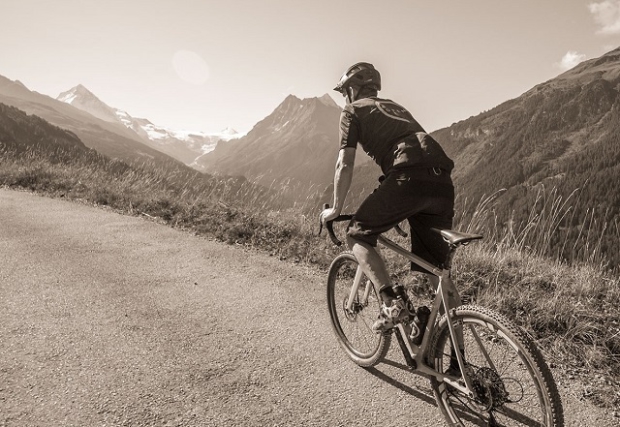
Above image © OPEN
What is Road Plus?
Road Plus centers around the 650b wheel size, also known as 27.5 inch. This wheel size is smaller than the standard 700c (a.k.a. 29 inch), but slightly larger than 650c – which remains available in very small numbers for smaller-size triathlon bikes. For an overview of the wheel size topic, this article will bring you up to speed.
As of today, it seems that the acceptable range of tire widths to quality for Road Plus status is 42 – 50mm. The “standard” size that I’m seeing the industry settle on is 650b x 47mm (if you only speak American, that’s about 1.85 inches wide). The handy bonus is that the overall diameter of this tire is nearly identical to a 700 x 30mm road tire. In other words, the Road Plus setup has a smaller rim, but makes up the difference with extra tire. As you’d expect, you can use either 650b or 700c wheels with these bikes, when paired with the appropriate tire width.
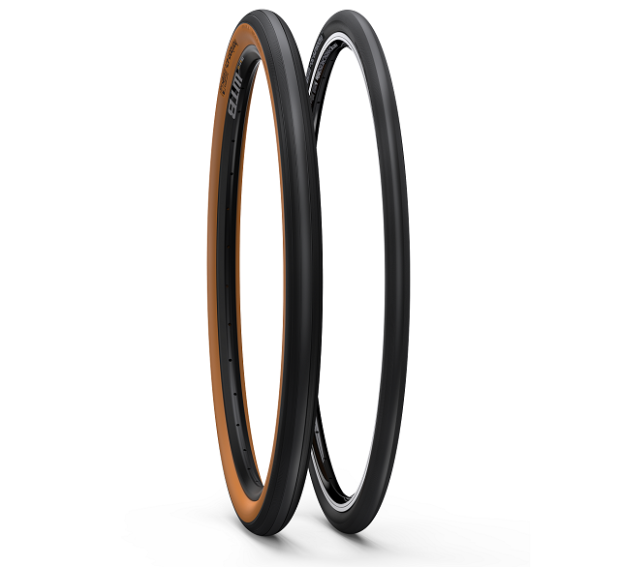
Above image © WTB
In case you’re wondering, 650b is not new – it’s an old French tire size that was fairly common for touring bikes. Also, “Plus” sizing isn’t new either. The world of mountain biking has Plus sizing for both 650b and 700c wheels, usually featuring a 2.7 – 3.0 inch tire width. Were these introduced as a racing-specific product – as in, will it guarantee to make you faster on paper? No. It’s about having an alternative for special situations, or people who like having an extra buffer of grip (or even the placebo effect of a larger tire making them feel more confident). Finally, fat tires are in fashion, and road bikes were the final frontier. Translation: there is likely an element of marketing and salesmanship going on here.
For the record, I still think it’s ludicrous that the industry just cannot decide on a couple wheel diameters, and insists on overloading dealers and consumers with so many sizes – 26”, 650c, 650b, 700c. In my opinion, the industry should have used 650c instead, and NOT opted to resurrect 650b. A 650c x 50mm tire has a nearly identical diameter to a 700 x 25mm tire, providing us with essentially the same solution as 650b Road Plus. Alas, nobody asked me.
Who or What is Road Plus for?
The best place to start is – who or what is Road Plus NOT for? It’s not for road races or criteriums. It’s not for the person that wants the lightest bike on the planet. It’s not for time trials against the clock – at least those on smooth pavement. Those three alone can and should eliminate a decent-size chunk of buyers, and I imagine those customers are already looking elsewhere. It’s not going to replace what we currently know as a standard road bike.
Road Plus is for taking routes on which skinny road tires are not sufficient – those littered with sand, loose gravel, and rocks. It’s for VERY poor road surfaces, with constant washboard and chatter. It’s for loaded touring. It’s for people who just love fat tires and the comfort they provide.
Really, though, it’s for adding a huge amount of versatility to a road bike.
Maybe you don’t have the desire or storage space to own 5 bikes. You need a bike to do more than one thing. Your triathlon bike covers your racing and the bulk of your in-season training, and your mountain bike handles off-season adventures. You’ve been thinking of getting a road bike or perhaps a cyclocross bike to split the difference, or perhaps jump in to a gravel race.
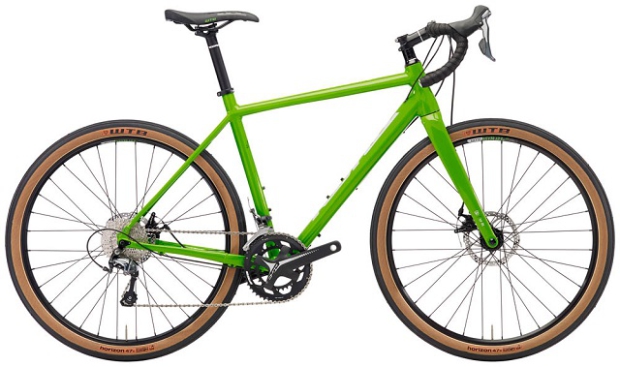
Above image © Kona
Available Bikes
To be clear, there are actually quite a few bikes out there that are compatible with Road Plus wheels and tires, but they just don’t advertise it. It includes what I estimate to be at least 50% of bikes sold as cyclocross bikes or touring bikes with standard 700c wheels. Unfortunately, with most of these frames, the only way to really know if you can fit 650bx47mm rubber is to mount up a pair of wheels and tires – or do some very careful measurements at a minimum.
As time goes on, however, there are more and more bikes that are being sold officially as Road Plus. To me, this is where it gets really interesting from the standpoint of bike geometry. You see, many bikes that are compatible with wide 650b tires are sold specifically as “gravel” or “touring” bikes. I don’t have a beef with that per se, except that I think it can give wide tires a bad rep with the serious cycling crowd. The steering tends to feel slow, not because of the tires, but because of the front-end geometry of the bike. This can be a good thing for very long days in the saddle (e.g. actual long-distance gravel riding), but can also feel cumbersome on tight turns or faster paced rides.
For this exact reason, when I was shopping for Road Plus, I specifically wanted something that wasn’t a slow-steering gravel bike. I plan to use the bike primarily as a road bike, with the option to do other stuff when I want (rather than buying a gravel bike and using it on the road).
I settled on and purchased, a new Surly Midnight Special. With a 73 degree head tube angle and 40mm fork offset, this should give me the “normal” road bike feel I’m looking for – just with the option for mega size tires. This bike is new for 2018, and I’m very excited to give it a try.
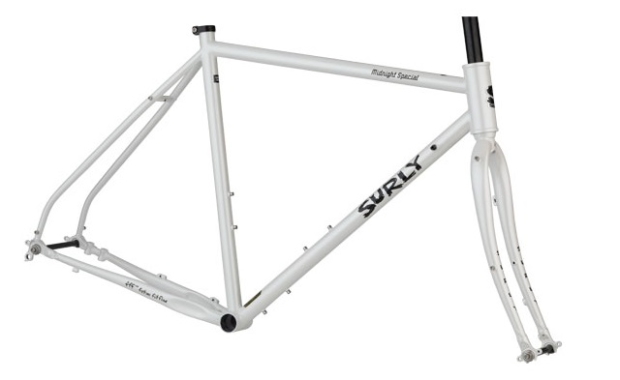
Above image © Surly
While I don’t have a complete list of Road Plus compatible bikes, the folks at WTB have a nice list of frames on their website, which you can find HERE.
Available Tires
There is not a tremendous list of tires available for this still-new-niche, but thankfully it’s growing. The most popular tire I’m seeing is the WTB Horizon. It has a very low file tread, tan sidewalls, and the appropriate 47mm width. Because of its popularity and good reputation, this is the tire I chose for my personal bike.
In the image below, you’ll find the WTB Horizon on the left, and the slightly burlier Byway on the right, which has side knobs for better traction on loose surfaces.
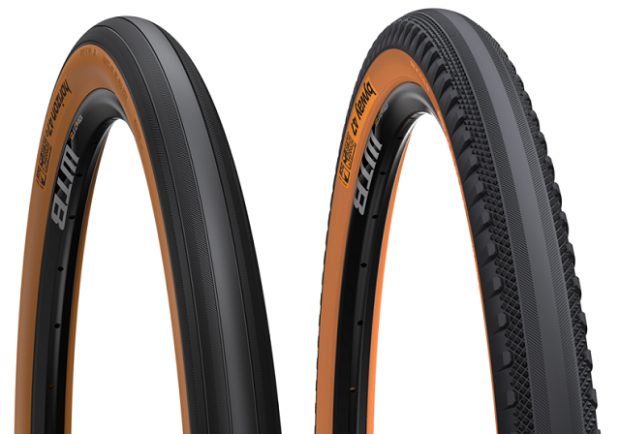
Above image © WTB
Other tire brands include Compass, Panaracer, Maxxis, Teravail (a QBP brand), and more.
Rolling Resistance and Tire Pressure
Let’s be clear – Road Plus is so new that there just isn’t a lot of tire rolling resistance data out there for the relatively few tire options (compared to 700c road tires). Therefore, there isn’t a lot to say aside from the fact that you can expect these tires to behave like other tires. Want something fast-rolling and light weight? A thin, flexible tire casing will get you there, at the expense of puncture protection. So far, the consensus is that the Compass 650b x 42 Babyshoe Pass TC with Extralight casing (pictured below) is the fastest roller out there, with the expected fragility. The WTB Horizon seems to be the “standard” tire right now, with a good balance of rolling prowess and puncture resistance. I’m also curious to learn more about the options from Teravail, though I’ve been unable to get response from their representatives as of yet.
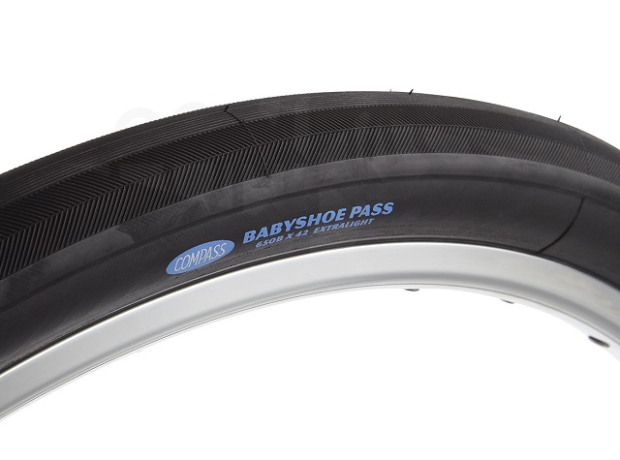
Above image © Compass
As for tire pressure, this is where things get interesting. A 47mm tire is huge. Suppose you weigh 175 lbs. You could easily get away with pressures in the mid-upper 30’s. Maybe lower. If you want to experience the super plush ride and chatter-reducing qualities of Road Plus, lower is better in general.
For some insight on tire pressure and 650b, I reached out to industry friend and colleague, Andy Tetmeyer of Hed Cycling. Andy’s style with bikes is distinct, and I love it – I’m talking brands you’ve never heard of, steel frames, fat tires, fenders, and someone who truly uses his equipment. I wanted to know: What tire pressure should I run? Is there a sweet spot that will hit both the perfect ride quality and fast-rolling-speed?
Andy responded with the following:
“In all this wide 650 stuff tire pressure seems to get pretty touchy. You can run on the low side and get the full Barcalounger experience but it will be noticeably slow if you are in a group. Speed goes up [quite a bit] with a few more psi, but then a couple more on top of that and your ride quality seems no better than 700x32mm [tires]. When you get psi right it is pretty brilliant, but for some reason, the tires I have ridden are sensitive.
I think with those WTBs the breakpoint was pretty high… [about] 52 or 55 psi is where they got fast. My hope with them was to get both speed and super cushion. I think they’re mutually exclusive. Comfort at fast psi is very good, but not the plush ride I was hoping for.”
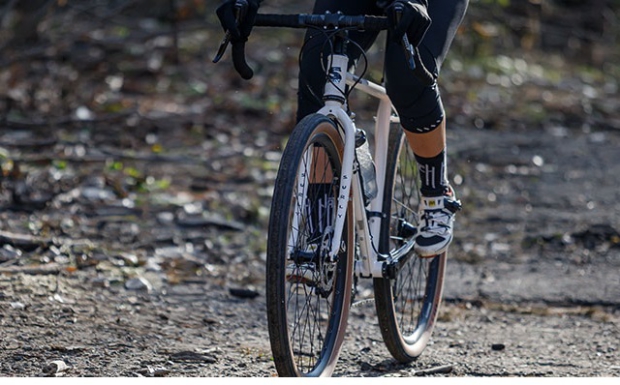
Above image © Surly
I must say, this information from Andy burst my bubble more than a tiny bit. It seems you can’t have your cake and eat it too. However, I still wanted to try Road Plus for myself, and I still think it has a place. Specifically, while it can’t give you both the fast ride AND super smooth ride at the same time, at least you have the option. Riding with the group? Air them up, and enjoy a still-great ride quality. Taking to some serious gravel roads, and maybe even some rough trails mixed in? Air them down, and enjoy not being thrashed around or sliding out on loose gravel. Or, if you want to get really fancy, you can have two sets of wheels for the same bike – one 650b pair, and one 700c pair.
Wrap Up
At the end of the day, I do not think Road Plus is a gimmick. It can do things that a road bike can’t, while being more road-worthy than a mountain bike. I also will be honest in saying that I don’t think it will do a tremendous amount more than a cyclocross bike. As mentioned, many cyclocross bikes can fit Road Plus wheels and tires, so the real differences come down to nuances in geometry, fit, and personal preferences. I wanted a quick-feeling bike, so I chose a bike with that specific geometry.
The real take-home is that these types of bikes are a better buy than a “standard” road bike for almost anyone that isn’t a serious road racer. To me, the only tragedy here is that bikes like this aren’t more common at the low-end of the market. For someone dipping their toes in to cycling or triathlon – who isn’t sure how serious they’ll be, or if they’ll want to try a gravel race – a Road Plus bike is a much better starting point than an entry-level road bike that will only fit skinny tires. Alternatively, for the serious triathlete who currently only owns a triathlon-specific bike, a Road Plus bike is the ideal second bike to add to your stable. I’ve never understood why the default 2nd bike choice for triathletes is so commonly limited to skinny-tire road bikes, with capability that’s virtually identical to their triathlon bike. Isn’t there more to do out there? Maybe I’ve got an unusual amount of wanderlust, but I want to check out trails, sand, gravel, and things beyond paved roads and the solid white line.


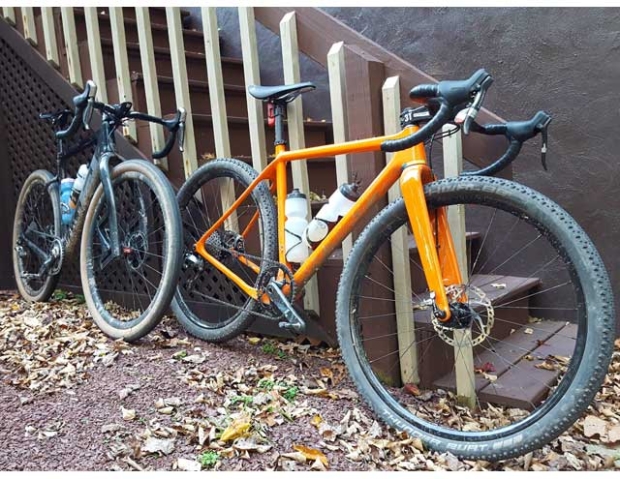
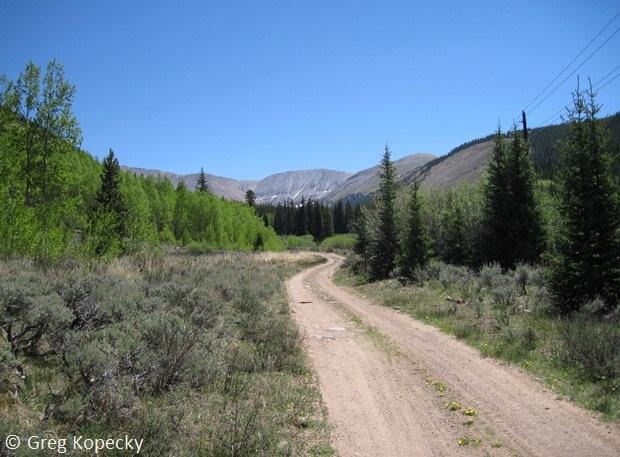

Start the discussion at slowtwitch.northend.network